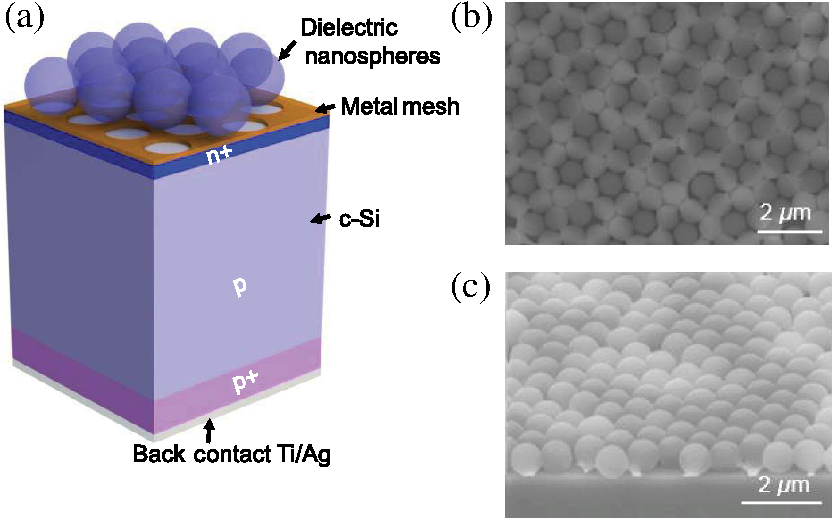

Monocrystalline panels and polycrystalline panels have several advantages over thin film cells, with two being the most crucial - they are more durable, lasting 30+ years, and have a 20% efficiency (compared to thin film’s 10%). What Are The Advantages of Crystalline Over Thin Film Solar Panels? A thin film solar cell panel could even be folded and stored when needed, making them a promising candidate for solar blinds.
#CRYSTALLINE SI SOLARCELL PORTABLE#
Energy efficiency of 25% allows solar cells installed on buildings, cars, and portable equipment.

The potential for thin film technologies like perovskite gives these panels a definite advantage for large-scale functionality. Modern panels also have lower temperature coefficients than crystalline panels, offering durability as a trade for its pricing. Thin layer solar panels are also ideal for space use due to their higher efficient semiconductor material and radiation tolerance. Thin film panels are starting to bridge the price gap by replacing silicon with other rare materials like cadmium and indium and offer more flexibility and portability. What Are The Advantages of Thin Film Over Crystalline Solar Panels? Tandem solar cells using perovskites and silicon have reached a record efficiency level of over 29 percent, considerably higher than that of individual cells made of perovskite (25.7 percent) or silicon (26.7 percent). It can stack with other thin film photovoltaic cells for maximum light absorption and increased efficiency, allowing it to “…make outstanding components for such tandems. This single crystal cell is another contender in the thin film cell category being tested for its technology applications. These modules’ efficiency ranges between 5.9–9% but can be as high as 13.8%. Īmorphous Silicon (a-Si) is the next most popular photovoltaic panel and is stronger than CdTe, but it is commonly used for smaller electronics over large-scale projects. “The highest reported efficiency of the CdTe solar cell is 17.3%. Several thin film modules that require less silicon in the manufacturing process are competing for the spotlight and looking to edge out c-Si.Ĭurrently, cadmium telluride (CdTe) holds the largest share of the market and has witnessed the most steady improvements, especially in terms of low cost and easier installation. Thin film panels are increasingly becoming popular in the solar panel industry as deposition systems and other technology becomes more commonplace and widely accepted. End users must strike a fine balance between the affordability of a polycrystalline silicon panel and the effectiveness of a monocrystalline solar panel according to their needs. Such cells are “…inexpensive to fabricate… to monocrystalline solar panels… have an efficiency of about ∼12−14%”. In comparison, polycrystalline solar panels are less wasteful during the manufacturing process and come at a lower cost but with only a slightly lower efficiency. However, monocrystalline solar panels are also more costly to produce. Monocrystalline solar panels prove more efficient than polycrystalline panels and offer better performance in higher temperatures, with peak performance lying “between 14% and 18% (Bertolli 2008)”. C-Si solar panels can be grouped into two categories - monocrystalline solar cells and polycrystalline cells - which rely on thin layers of silicon wafers and other rare materials to absorb sunlight.


 0 kommentar(er)
0 kommentar(er)
